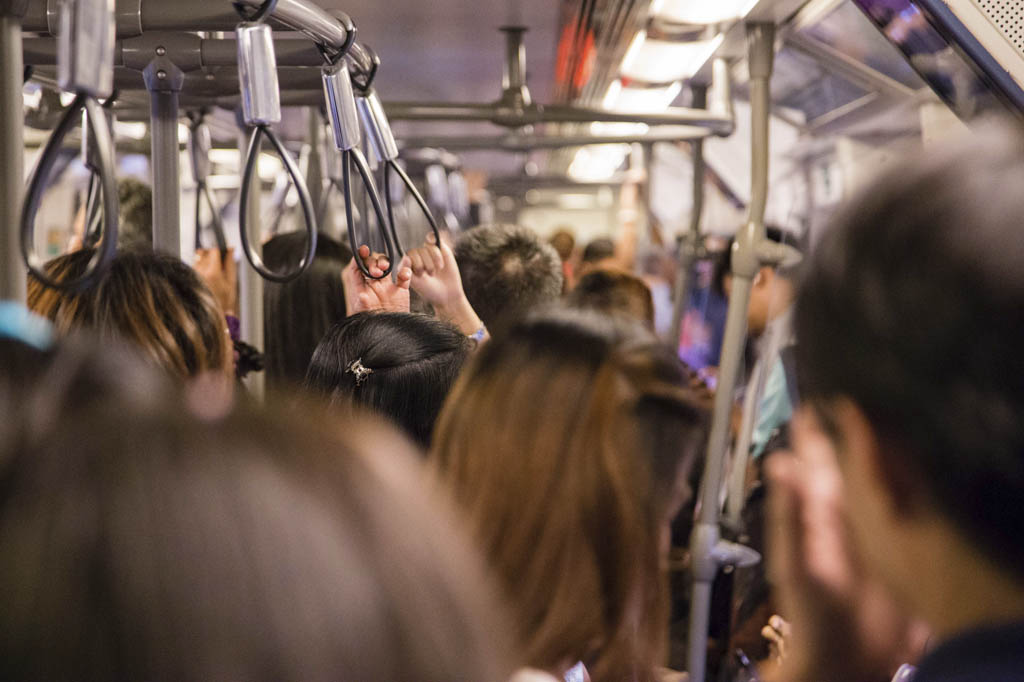Why ease of commute should be high on your home purchase priority list
By Erik J. Martin
CTW Features
Lest we forget the hard lessons learned from the cautionary tale told by suburban sprawl, long hauls to work and favorite destinations that are uncomfortably far to drive still make for an unhappy and regretful homeowner.
Recent data by Redfin suggests that this sentiment is more relevant than ever. Consider that over 20 percent of homeowners polled who purchased a home in 2016 said they wish they’d paid greater attention to the length of their commute to work from their new addresses.
According to Redfin real estate agent Rory Haigler of Atlanta, ease of commute and access to public transportation should be high on your priority list of desired amenities when shopping for a home for several reasons.
“Efficient public transportation shortens your potential commute and lessens the stress that goes along with heavy traffic and driving in general, and it can make your property more desirable when it comes time to resell,” Haigler said.
According to Sep Niakan, broker with Miami-based HB Roswell Realty, it comes down to a quality of life issue.
“Commute time should be a higher factor in your decision-making,” Niakan said. “People often spend hundreds of hours a year in their cars trying to get to and from work and other destinations. If you have the financial ability to avoid that kind of hassle and pursue a home with a shorter transit time and easier walkability, you should consider it.”
Interestingly, some of the most expensive metro areas to live in have longer commutes (compared to the national average commute time of 25.7 minutes) than many of the least-expensive markets that benefit from relatively speedy commutes, per Redfin data published last year.
Examples of the former include San Francisco (26.9 minutes, $1.2 million median sales price); Hudson Valley, N.Y. (30.9 minutes, $783,000); Seattle (26.4 minutes, $430,000); and Boston (28 minutes, $360,000); examples of the latter include Buffalo, N.Y. (20.5 minutes, $120,000); Rochester, N.Y. (20.2 minutes, $125,000); and Tulsa, Okla. (20.6 minutes, $146,000). (Note: These commute times reflect driving as well as taking public transit, walking and biking).
Nevertheless, as expensive as they may be when it comes to real estate, many bigger cities have excellent public transportation systems that lessen commuting headaches for train and bus riders; New York City, San Francisco and Boston, for example, were respectively ranked as the top three best cities for public transit by Redfin in 2016.
“Many people try to get the most bang for their buck by living far out in the suburbs and then deal with the consequences of a long commute and heavy traffic,” Haigler said. “But recently, I’m seeing more people wanting to be closer to the city center because the public transportation is far easier.”
Peter Brennan, president of Foxford Communities, a home building and development firm that has headquarters in Hinsdale, Illinois, has observed a noticeable shift in buyers’ desires to live near mass transit in the ’burbs.
“The trend toward walkability and the desire to live in an urban setting has been rising in popularity for years, which has given rise to transit-oriented developments in the suburbs,” Brennan said. “Millennials and boomers alike are finding common ground when it comes to the benefits of these developments, which are located near shopping, dining and transportation.”
According Michaela Morton, agent with Bohemia Realty Group in New York City, this decision ultimately comes down to personal preference.
“Some homebuyers treasure an hour’s peaceful reading in a guaranteed seat on a train, while for others the joy of walking to work may be a defining factor in ponying up for a home that allows them to skip the frustrations of public transit altogether,” said Morton, who recommends closely scrutinizing Google Maps for guidance on helping determine best commute routes before buying a home.
© CTW Features

